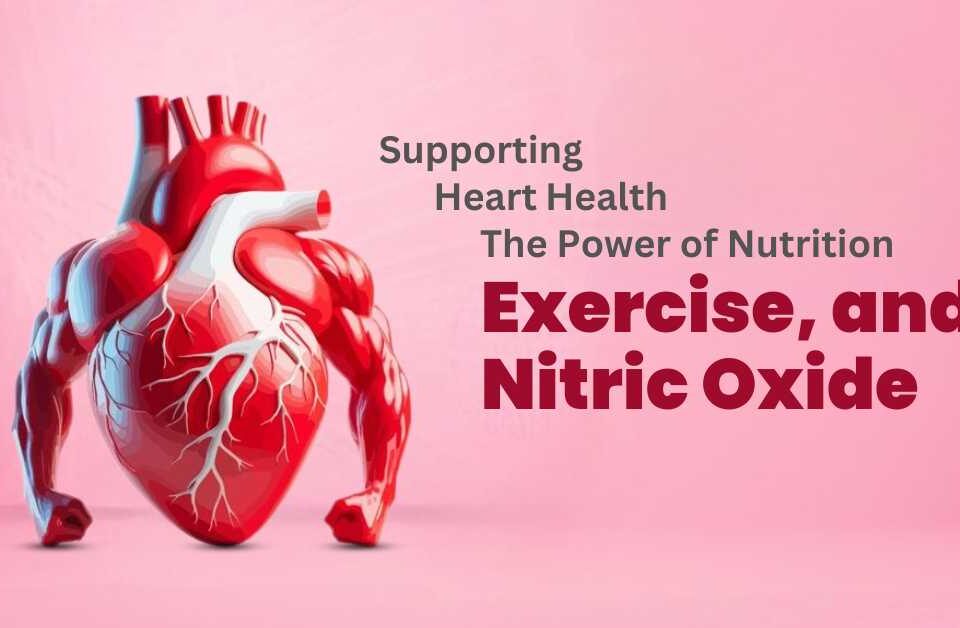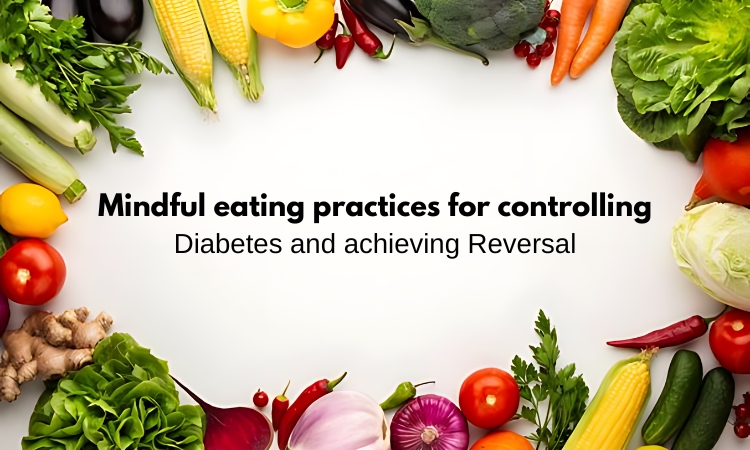Why are consumers confused about their food?

Can long Covid affect the intestines?
December 30, 2023
Why is personalized nutrition key to weight management?
January 15, 2024The Confusion Surrounding Nutrition:
The plethora of dietary recommendations and trends often leaves individuals feeling overwhelmed and unsure about the best path to good health. Amidst this confusion, it's important to remember that nutrition is not a one-size-fits-all concept. Each person has unique dietary needs, influenced by factors such as age, gender, genetics, activity level, and health status. Understanding and addressing these individual differences are essential for crafting a successful nutrition plan.Influencers on Food Choices:
While individual dietary needs vary, some elements are widely accepted as promoting good health. These include As the survey data shows, many people rely on family, friends, or media for nutritional information, even though they may not fully trust these sources. To empower individuals to make informed choices, there is a critical need for improved consumer education. Efforts to bridge the gap between scientific research and public understanding are essential. Nutrition experts, registered dietitians, and healthcare professionals can play a pivotal role in disseminating evidence-based information in accessible language, debunking myths, and clarifying misconceptions.Key Elements of a Healthy Diet:
While individual dietary needs vary, some elements are widely accepted as promoting good health. These include 1. High-quality protein for maintaining muscle mass. 2. Fruits for fiber and antioxidants. 3. Abundance of fresh vegetables.4. Limiting salt intake to reduce the risk of high blood pressure and heart disease.5. Reducing added sugars.
6. Limiting unhealthy fats and avoiding trans-fats.The Challenge of Decoding Labels and Debunking Fads:
Food packaging can sometimes be deceptive, as labels on products tend to highlight specific health benefits while conveniently overlooking other less healthy aspects. For example, a food item might proudly display claims like "low-fat" or "sugar-free," which can make it appear like a wholesome choice at first glance. However, these labels may not reveal the complete nutritional picture, and the product could still contain high amounts of other undesirable ingredients like added sugars, sodium, or artificial additives. The confusing nature of food labels doesn't end there. Nutritional food labels, which are intended to provide important information about the product's nutrient content, can also contribute to misunderstanding. One of the common sources of confusion lies in the serving size mentioned on the label. Manufacturers determine the serving size, and it may not always align with the typical portion that people actually consume. This discrepancy can lead to inaccurate estimations of the nutrients and calories consumed, as many individuals might consume more or less than the specified serving size.







